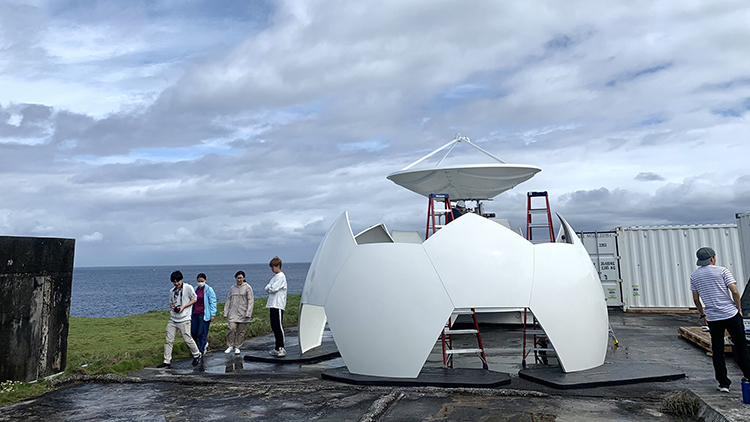Michael Bell, Kristen Rasmussen lead PRECIP campaign to study extreme rainfall
In many parts of the world, heavy, frequent rainstorms are catastrophic events that cause mudslides, flooding and loss of life.
An international team of experts led by Colorado State University atmospheric scientists are spending this summer getting to the bottom of how and why the most violent rainstorms in the world occur. By identifying the key physical processes and environmental ingredients that cause high-intensity, long-duration rain events, their goal is to improve models for forecasters and eventually save lives.
The team is led by Michael Bell and Kristen Rasmussen, both faculty members in the Department of Atmospheric Science, and includes collaborators from the National Center for Atmospheric Research in Boulder, seven other U.S. academic institutions and several international partners in Taiwan, Japan and Korea. The $6 million-plus field campaign is supported by the National Science Foundation and is called PRECIP, or Prediction of Rainfall Extremes Campaign in the Pacific. Data collection began in late May and will continue through August.
Read the full Source article, “CSU atmospheric scientists lead summer field campaign in Taiwan to study extreme rainfall.”
Photo at top: Erin Dougherty of the National Center for Atmospheric Research (and ATS 2020 graduate) tweeted this photo of the CSU SEA-POL radar being set up in Yonaguni, Japan.



